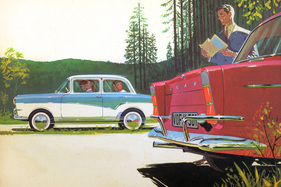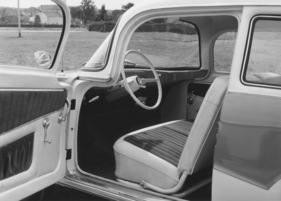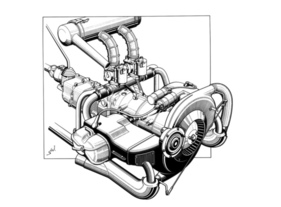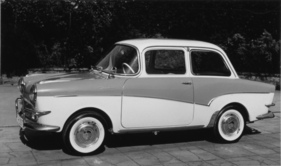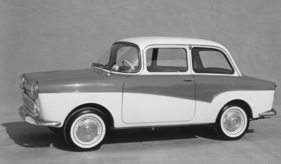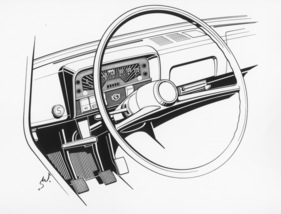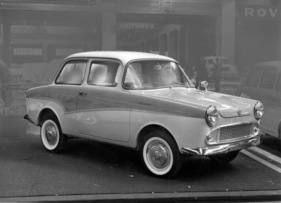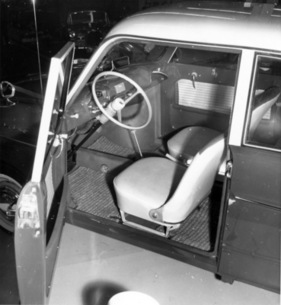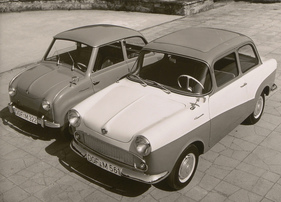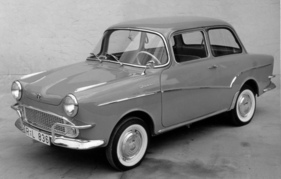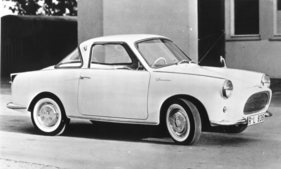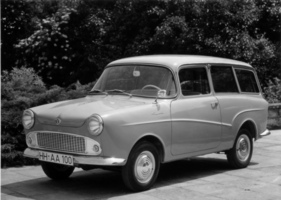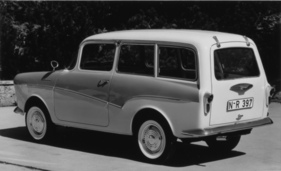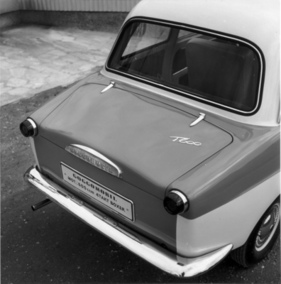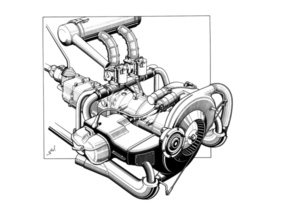Goggomobil T600 and T700 - the almost forgotten link in the glass chain
Summary
The "big" Goggomobil was one of the big surprises at the IAA 1957 in Frankfurt. The still young car manufacturer Glas was launching its second coup and the experts applauded. However, it turned out that the new model was presented somewhat prematurely and was also put into series production a little too early - now with rear-wheel drive instead of front-wheel drive. This not only damaged its reputation, but also its market opportunities, which is why the Glas Isar T600/T700 was only built for a good six years. This vehicle report describes the history of this now very rare model and shows it in many historical illustrations and in the sales literature.
This article contains the following chapters
- Advance praise
- Innovative front-wheel drive
- With rear-wheel drive into series production
- Mixed feedback
- Follow-up
- No success for the big one ...
- ... while the little one lived longer
Estimated reading time: 7min
Preview (beginning of the article)
Hans Glas had recognized this early on. With increasing prosperity, car buyers would no longer be satisfied with a cabin scooter, even if it was quite full-grown, but would strive for a "real automobile". And so, as a surprise, he and his son Andreas Glas presented a bigger brother to the Goggomobil at the International Motor Show in Frankfurt in September 1957. The fact that Hans Glas had the right instinct for consumer needs was due not least to his not always easy life story. He had been transferred to Canada in 1910 to take up a managerial position at the Massey-Harris Company. He was then surprised by the First World War and relocated to the neutral USA. When his bank collapsed, he lost all his savings and had to start from scratch, first as a simple laborer at the agricultural machinery manufacturer McCormick, then as an employee at the Ford Motor Company and finally as a department manager at the American Bosch company and as a production manager at the Indian Motorcycle Company. Within less than a decade, he not only became familiar with the entire breadth of the vehicle industry and many activities within it, but also built up the capital that allowed him to take over his father's agricultural machinery factory Glas, which had been owned by a third party since 1920 and which he then steadily expanded.
Continue reading this article for free?
Photos of this article

